

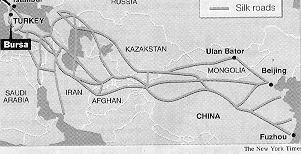
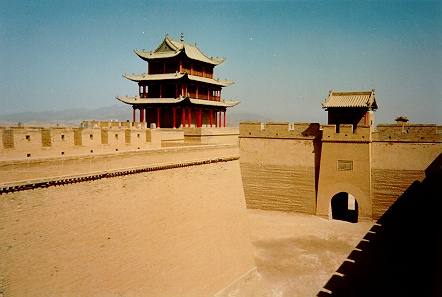
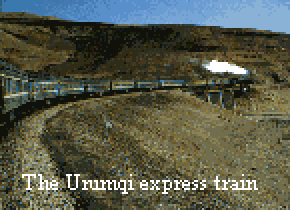
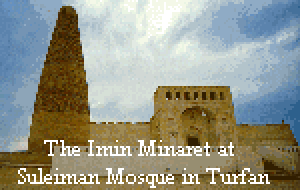
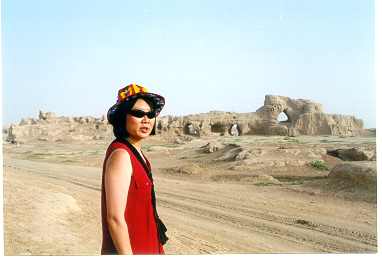
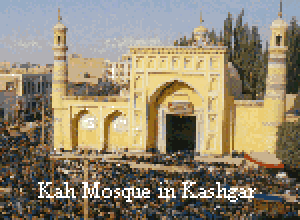




Paula Whelan, Feng Shui Consultant,
Tel: 01 6100916, Mobile: 087 4180329
Sligo events: | |
| 18 April, 6 - 8 pm | Preview Chen + Miller: East - West,
Model Arts and Niland Gallery Exhibition continues 19 April - 3 June |
| 19 April, 1 - 2 pm | Chen + Miller; Gallery talk, Model Arts and Niland Gallery, Sligo |
| 20 April, 2:30 pm | Public Performance and talk, Chen Zhongsen introduced by Nick Miller |
Dublin Events: | |
| 7 May 6 - 8 pm | Preview Chen Zhongsen Micro-carvings & Landscape Paintings |
| 8 May - 2 June | Exhibition: Chen Zhongsen Micro-carvings & Landscape Paintings Rubicon Gallery, 10 St. Stephen’s Green, Dublin |
| 11 May 2:30 pm | Talk: “proposition of Calm” and performance with Chen Zhongsen, Chester Beatty Library, Dublin Castle |
| 12 May, 2:30 pm | Chinese painting and calligraphy workshop with
Chen Zhongsen. Chester Beatty Library, Dublin Castle |